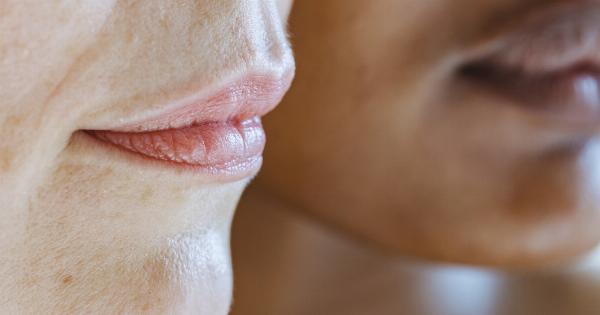Smog is a hazardous air pollutant that can have detrimental effects on the health and well-being of both kids and expectant mothers.
It is important for parents and mothers-to-be to take necessary precautions to minimize exposure to smog and protect themselves and their children from the harmful effects it can have. In this article, we will discuss some important precautions that can be taken against smog for kids and mothers-to-be.
1. Stay Informed
One of the most important steps in protecting against smog is to stay informed about air quality. Keep an eye on local air quality reports or download air quality apps.
Be aware of days when the smog levels are high, and take extra precautions during such times.
2. Limit Outdoor Activities
During days when the air quality is poor, it is advisable to limit outdoor activities for both kids and pregnant women.
Find indoor alternatives, such as visiting museums, indoor play areas, or engaging in indoor hobbies and activities to reduce exposure to smog.
3. Create a Safe Indoor Environment
Make sure to keep the indoor environment clean and safe by regularly cleaning and dusting the house. Use air filters or air purifiers to help reduce indoor air pollution caused by smog particles.
Keep doors and windows closed, especially during peak smog hours, to prevent polluted air from entering the house.
4. Use Face Masks
In highly polluted areas or during days with severe smog, consider using face masks that are specifically designed to filter out tiny smog particles.
Make sure to choose masks that are suitable for kids and pregnant women, and follow the manufacturer’s instructions on their usage.
5. Stay Hydrated
Drinking plenty of water helps flush out toxins from the body and keeps the respiratory system well-hydrated. Encourage kids and pregnant women to drink an adequate amount of water throughout the day, especially during periods of smog.
6. Avoid Pollution Hotspots
Identify pollution hotspots like busy intersections, industrial areas, or construction sites in your vicinity and avoid them as much as possible. Plan alternative routes to avoid these areas while commuting, walking, or exercising.
7. Plant Indoor Air-Purifying Plants
Some indoor plants have air-purifying properties and can help reduce pollutants, including smog particles, in the house.
Consider adding plants such as peace lilies, spider plants, or Boston ferns, which are known for their ability to improve indoor air quality.
8. Stay Informed About Medications
For mothers-to-be, it is crucial to stay informed about the safe usage of any medication prescribed during pregnancy. Consult with healthcare professionals about potential risks and precautions regarding smog exposure in relation to medications.
9. Keep Indoor Humidity Under Control
High humidity levels can exacerbate smog-related respiratory issues. Use dehumidifiers or air conditioners to maintain optimal indoor humidity levels between 30-50%. This can help minimize the impact of smog on both kids and mothers-to-be.
10. Promote Clean Energy Practices
Support clean energy practices in your community and encourage the adoption of environmentally friendly practices. This can help reduce the overall pollution levels, including the presence of smog, and create a healthier environment for all.































